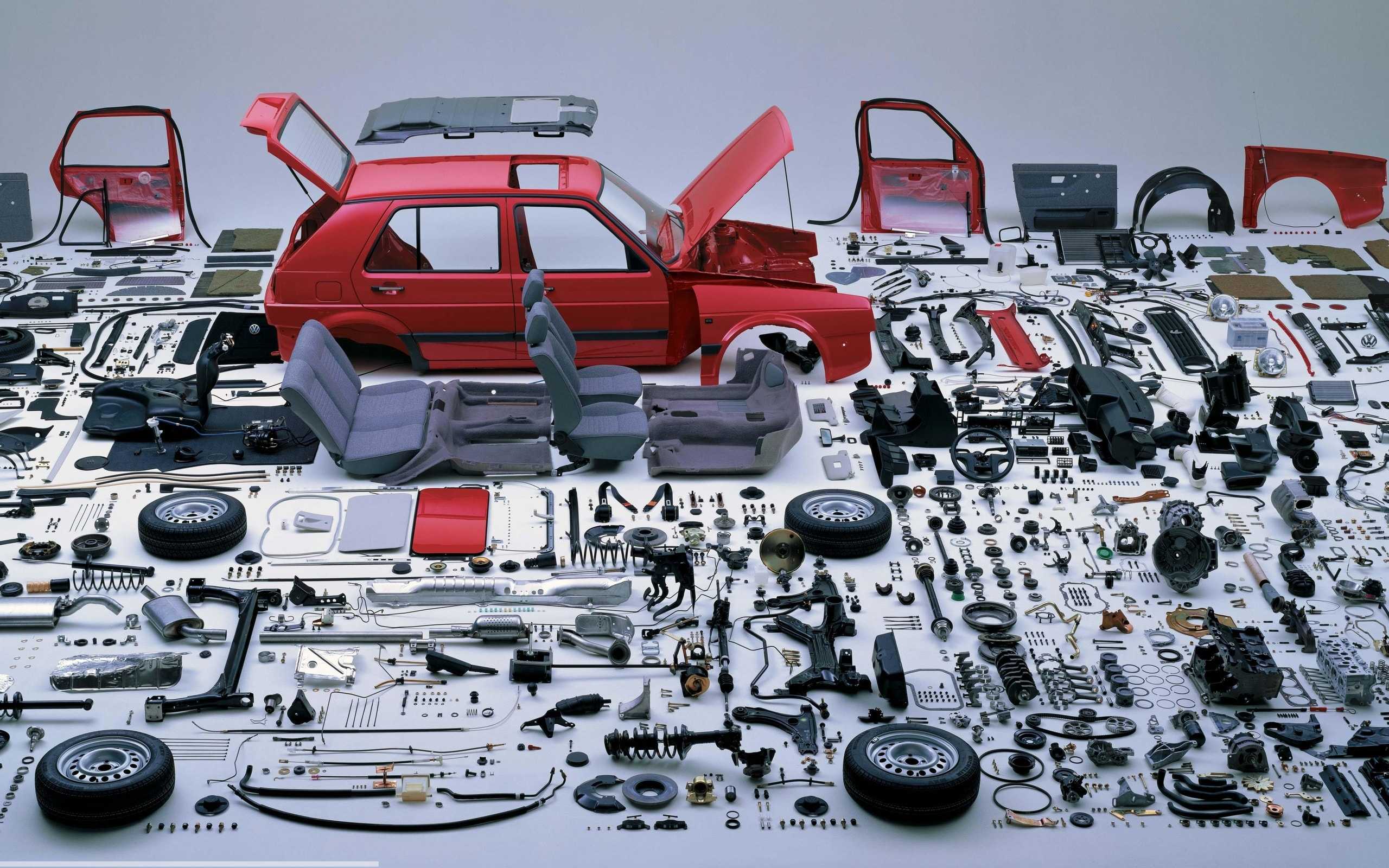Introduction

The future of the auto parts industry hinges on innovation and the relentless pursuit of automotive excellence. With a paradigm shift toward electric propulsion, advanced materials, and integrated connections, the article explores the evolving landscape of auto parts, delving into the impact of electric components, integration of digital intelligence, and the transformative journey ahead. Join us as auto parts transcend mechanical aspects to become architects of a new era in vehicle technology, heralding a revolution in our approach to driving.
**2. Materials Revolution: Shaping Tomorrow’s The Future Of Best Auto Parts**

The car manufacturing industry is undergoing a profound transformation in its materials choices which means auto parts become lighter, stronger, and more resistant. This materials revolution at the core of The Best Future Of Auto Parts is not just a change in composition but rather a redefinition of what craftsmanship means.
*Lightweight Alloys And Their Influence:*
Formerly, automotive spare parts were made from strong but heavy steel. Now industries are turning towards lightweight alloys such as aluminum and magnesium. These alloys maintain their structural integrity while significantly reducing component weight. The net effect is twofold; enhanced fuel efficiency as well as better overall performance. Lighter car parts consume less energy hence environmentally friendly qualities.
*Carbon Fiber Elegies in Auto Part Design:*
Carbon-fiber composites are becoming masters in the artistry behind the auto part design. Known for their exceptional strength-to-weight ratio, carbon fiber elements confer unmatched robustness on any structure they are integrated into. From body panels to delicate interior fittings, carbon fiber incorporation reduces weight while enabling innovative design concepts. There could only be strength adorning elegance this tells the future of auto parts.
*Pushing Boundaries with Innovative Polymers:*
The search for plastics that provide flexibility, durability and versatility has also led to the emergence of innovative polymers. These superior materials can replace traditional constituents in different automotive parts and confer benefits like resistance to corrosion and adaptability to various climates. The result is going to be about polymers in auto parts that are advanced.
The future is about resilience and adaptability to the ever-changing demands of modern driving auto parts. As lightweight alloys, carbon fiber composites, and innovative polymers take center stage; the future of auto parts becomes a testament to strength, efficiency, and design being in symphony. The automotive landscape is not just changing; it’s being sculpted into a masterpiece of tomorrow’s technology.
**3. Digital Integration: Harmonizing The Best Future Of Auto Parts
with the Language of Data**

In the grand evolution of auto parts, it is the incorporation of digital intelligence that heralds an epoch-making chapter. Interconnected components, smart sensors, and predictive algorithms have resulted in new ways through which vehicles operate and we approach maintenance.
*The Rise of the Internet of Things (IoT):*
Digital transformation is one heartbeat for auto parts while the Internet of Things (IoT) takes over another. A mesh network consisting of embedded sensors connected forms a complex web that exchanges data. Through such interconnectedness, auto parts therefore become capable of having real-time insights into each other’s operations. This makes data flow in a dynamic system like currents giving vehicles a level of response never seen before.
*Smart Sensors and Real-Time Insights:*
Within auto parts, smart sensors are vigilant guardians always on duty collecting data on different parameters. Brake health engine performance among others are real-time insights generated by these sensors. Consequently, this not only improves vehicle safety but allows drivers to be better informed about their condition. Predictive maintenance algorithms use this continuous stream to predict potential issues and hence avoid breakdowns or repair costs.
*Predictive Maintenance Revolutionizing Auto Care:*
In other words, the integration of predictive maintenance algorithms means having virtual mechanics aboard. These algorithms assess data collected by intelligent systems to predict when some parts might need attention.
**Conclusion:**
In the dynamic future of auto parts, innovation extends beyond mechanical changes to a materials revolution, creating lighter yet stronger components. Balancing technological complexities, regulations, and consumer expectations is crucial while seizing opportunities for transformative growth and positive environmental impact. The auto parts vision evolves beyond vehicles, integrating human-centric design and sustainable manufacturing, navigating global regulations effectively.
